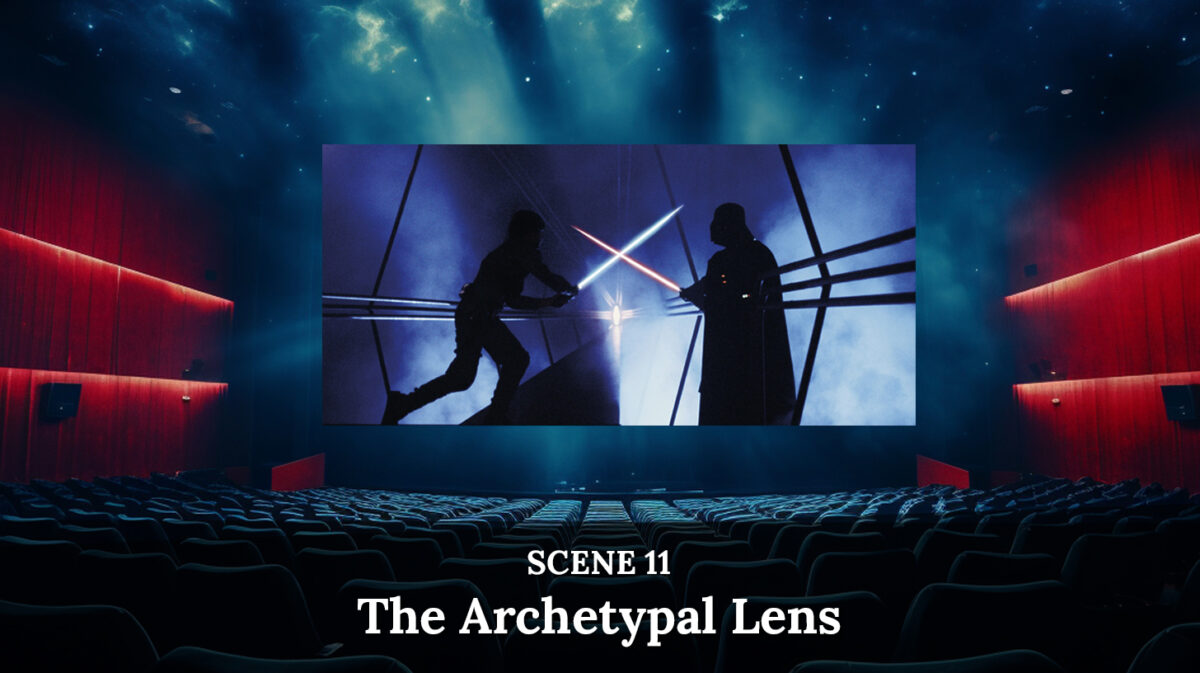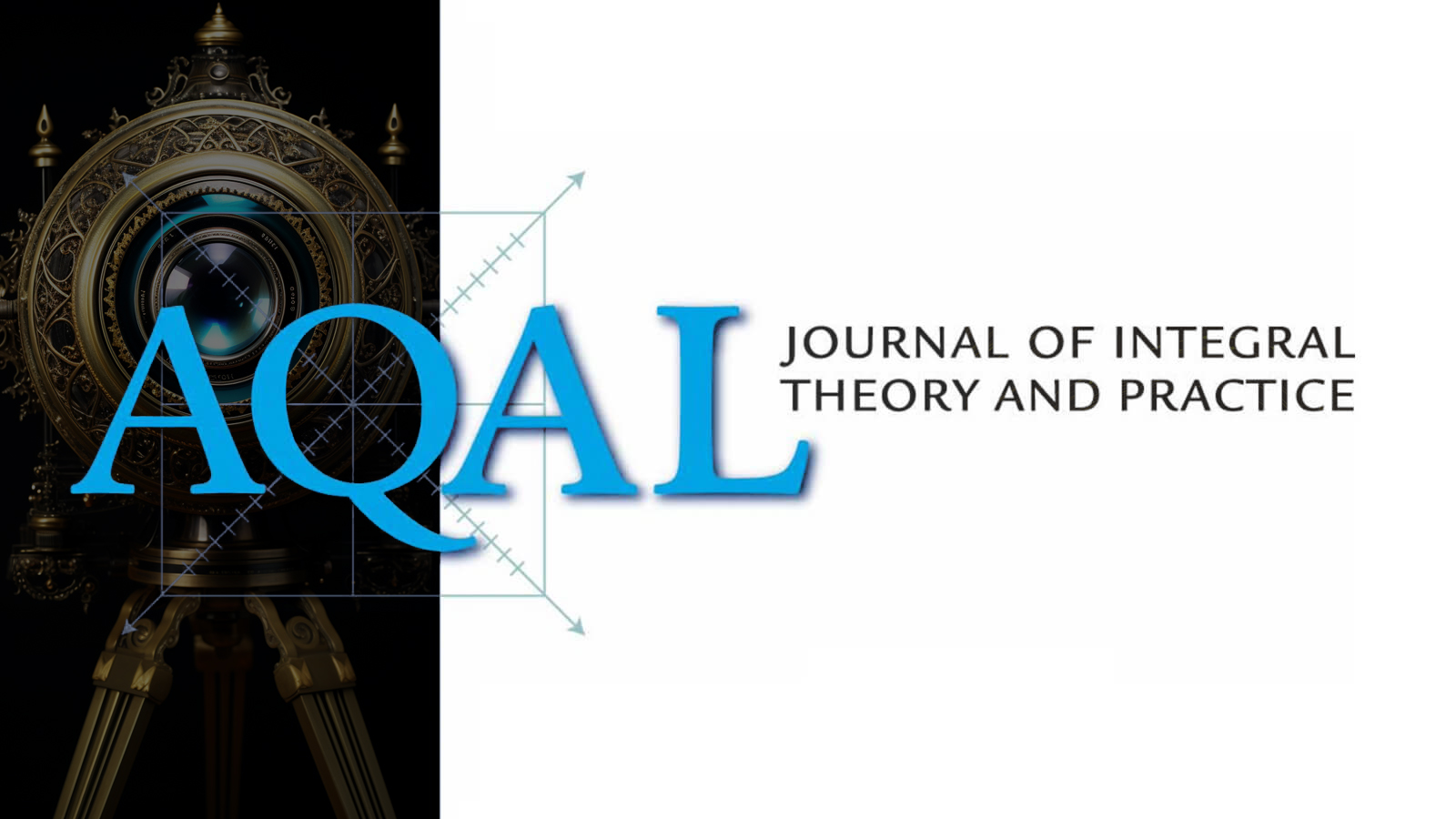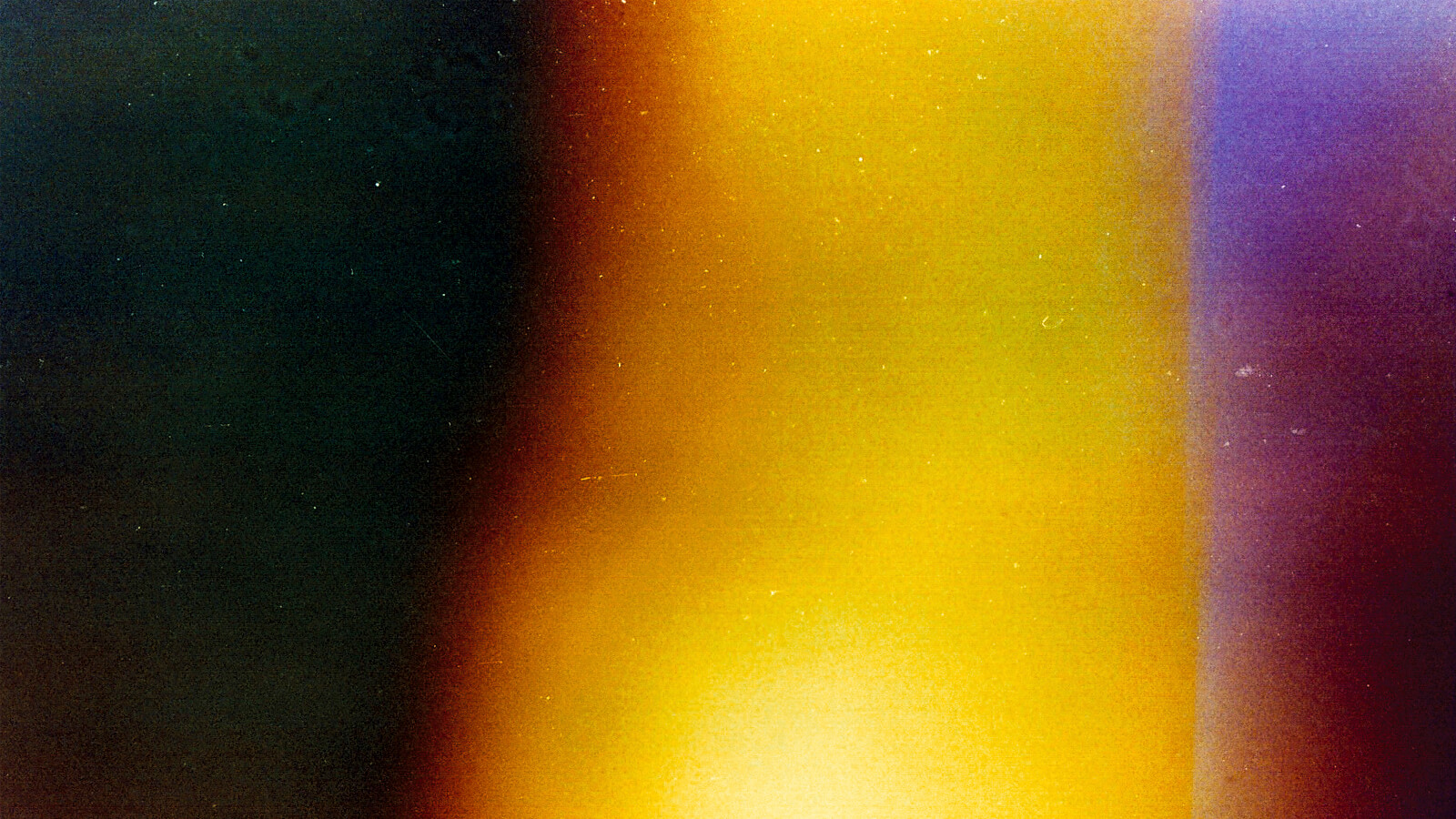 The next integrally-informed lens we will be exploring is the ARCHETYPAL LENS. One way of understanding Archetypes from an Integral perspective is to see them as Primary Patterns of Being and Becoming that have their roots in the first forms of involution residing at the very edge of the Formless itself
The next integrally-informed lens we will be exploring is the ARCHETYPAL LENS. One way of understanding Archetypes from an Integral perspective is to see them as Primary Patterns of Being and Becoming that have their roots in the first forms of involution residing at the very edge of the Formless itself
The entire manifest world arises out of the Formless (or causal Abyss), and the first forms to do so are the forms upon which all others will rest – they are the “arche-forms” or archetypes. Thus, in this use, the archetypes are the highest Forms of our own possibilities, the deepest Forms of our own potentials – but also the last barriers to the Formless and the Nondual. – Ken Wilber
At the First Form level archetypal patterns are essentially forms without content or contentless templates. Examples of these contentless root archetypal forms or “arche-forms” or what I am calling proto-archetypes, include the elemental patterns of beingness, consciousness, bliss, love, and compassion.
Content is added to these Proto-Archetypes or forms without content as these forms are channeled down through the stages of involution from formlessness into form and then back up through humanities evolving individual and collective developmental structures or levels of consciousness (see figure below). The content is added as these forms are adopted by and translated through the constructs and perspectival fields of each structure/level of individual and collective consciousness which then fills them with content skewed toward that particular structure or level. In addition, these translations are also channeled through various other cultural, sub-cultural, social, and individual psychological and behavioral dimension-perspectives acting as ‘strange attractors’ drawing various constructs, signs, and symbols to them.1
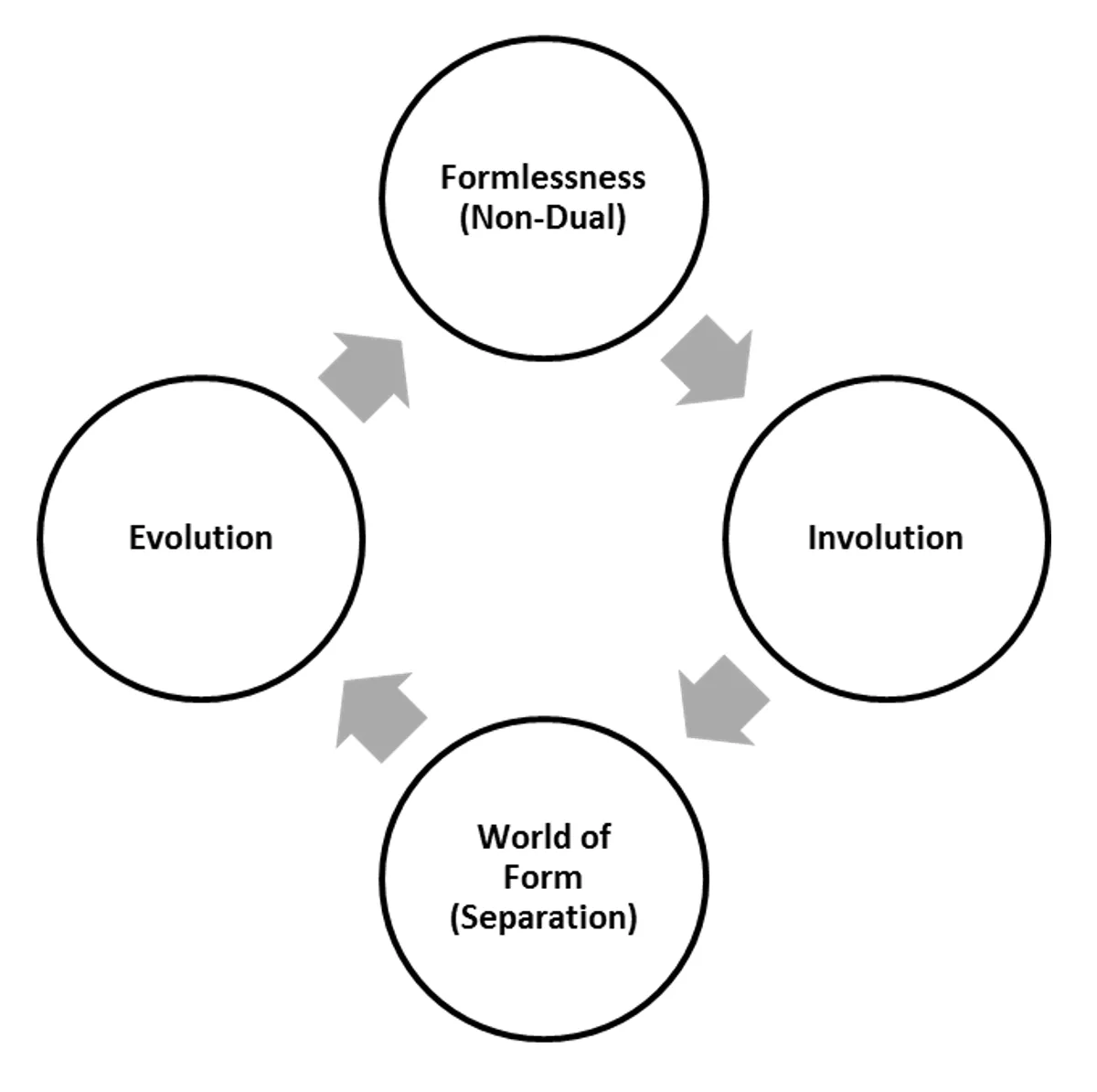
Archetypal Development and the Involutionary and Evolutionary Arc
As Proto-Archetypes or the First Forms without content are translated and filled out with content, other major archetypal patterns appear including: Meta-Archetypes or archetypal patterns that contain other archetypal patterns; Primary Archetypes or general archetypal patterns that have multiple manifestations of its general form and act as a kind of parent of an archetypal family for these other forms; And individual Archetypes or translated and content-filled archetypal forms themselves (see figure below).
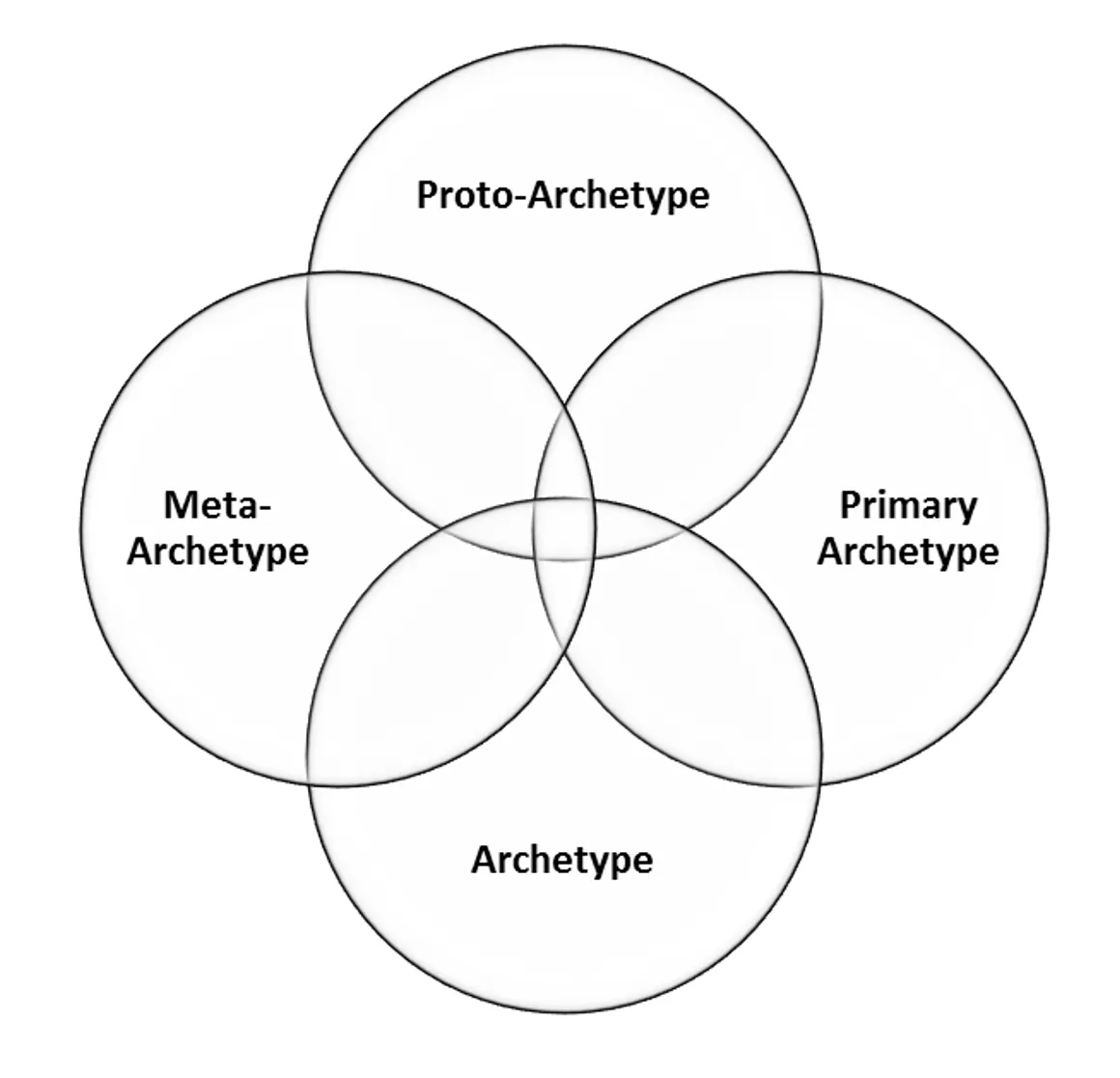
Major Categories of Archetypes
Meta-Archetypes are complex systems of interconnecting archetypes that can be seen and understood in multiple ways individually and collectively. For example, Jung’s concept of the Self can be viewed as a Meta-Archetype because it holds within it the other simultaneously separate and interconnected archetypal patterns of the Persona, Shadow, Animus, Anima, Ego, and Higher Self (see figure below).
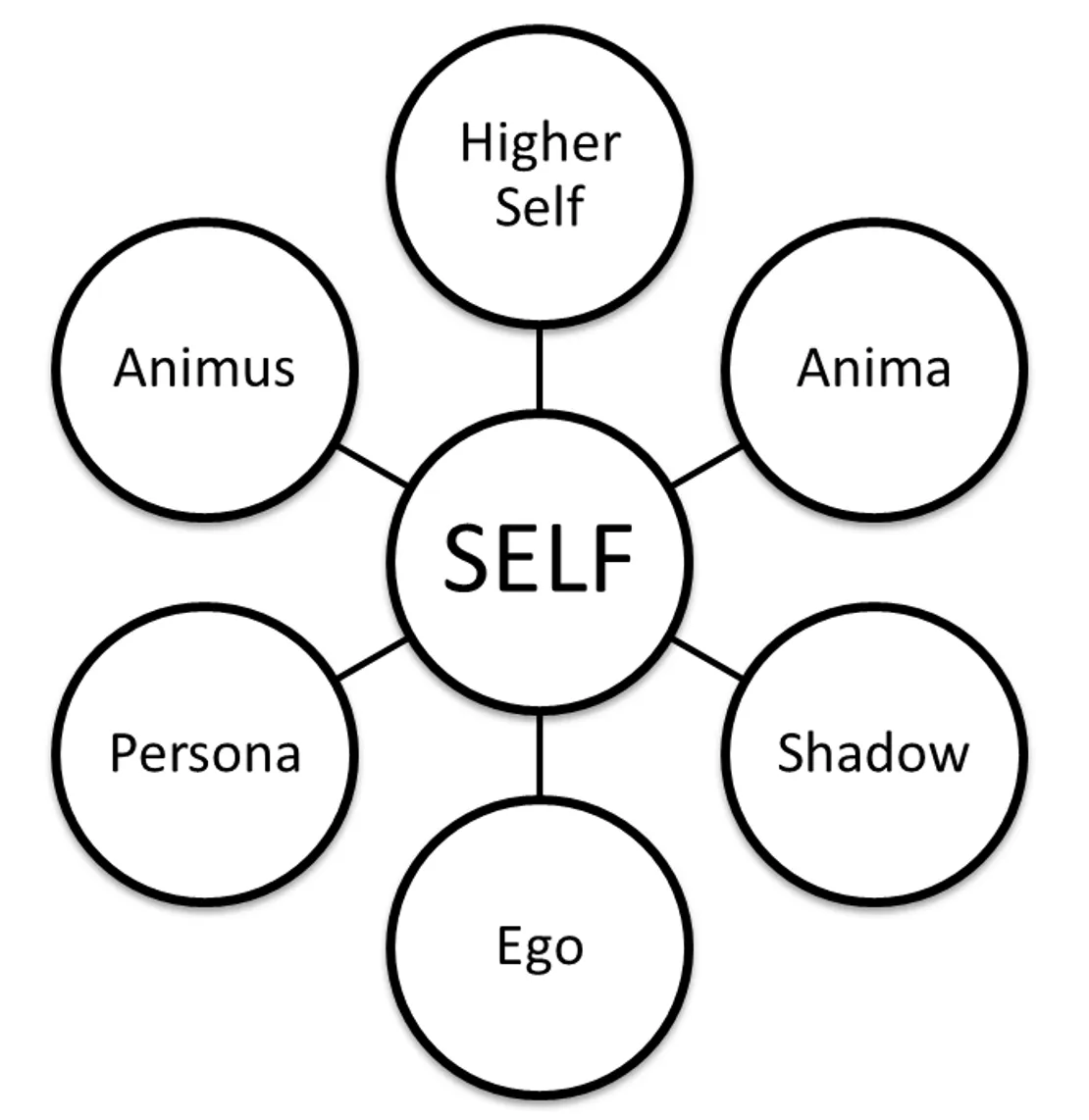
Meta-Archetypes: Multi-Archetype Archetypes
Primary Archetypes are different than Meta-Archetypes in that they act as the parent for a family of archetypes that are variations on the primary archetype itself. For example, the Child archetype is the primary or parent archetype for an archetype family that includes the Divine Child, Wounded Child, Orphan Child, and Innocent Child archetypes (see figure below).

Primary Archetypes and Archetypal Families
Individual Archetypes or traned and content-filled archetypal forms themselves are the archetypal patterns that are commonly referred to when people talk about archetypes from the everyday roles we take on to symbolic patterns we see and experience in the world within and around us. There are many different theoretical schools and systems of archetypes including the Platonic philosophical ideas referring to pure forms, Jungian archetypal theory, comparative anthropology, archetypal literary theory, and more esoteric traditions such as the Tarot.
From an integral perspective we can also map out an archetype’s genealogy which can give us a clearer picture of the archetypal patterns from multiple dimension-perspectives and includes the following mapping framework elements:
- Root Proto-Archetype or the contentless Arche-Form from which the archetype has arisen from (i.e., Love being the Root Proto-Archetype of the Lover archetype, etc.);
- Root Altitude or the developmental altitude which operates as the archetype’s altitudinal center-of-gravity (i.e., the Magician archetype’s Magical/Mythic roots, etc.);
- Root Quadrant or the quadrant that operates as the archetype’s quadratic center-of-gravity (i.e., the Self being rooted in the UL subjective quadrant, etc.);
- Developmental Arc or how an archetype has and/or is evolving back up the evolutionary ladder or it’s altitudinal development pattern.
- Content Translation Constructs or how an archetype and its content are being translated and interpreted in a given time and situation, including whether it is being translated through pre-personal, personal, or transpersonal or pre-rational, rational, or post-rational lenses of interpretation.2
Archetypes also have the potential to operate as tetra-evolutionary catalysts and channels of development in that they are deeply embedded in the involutionary-evolutionary arc, and are tetra-enmeshed in all dimension-perspectives having constructs and construct-influence potential in all four-quadrants (psychological, behavioral, relational/cultural, and social).
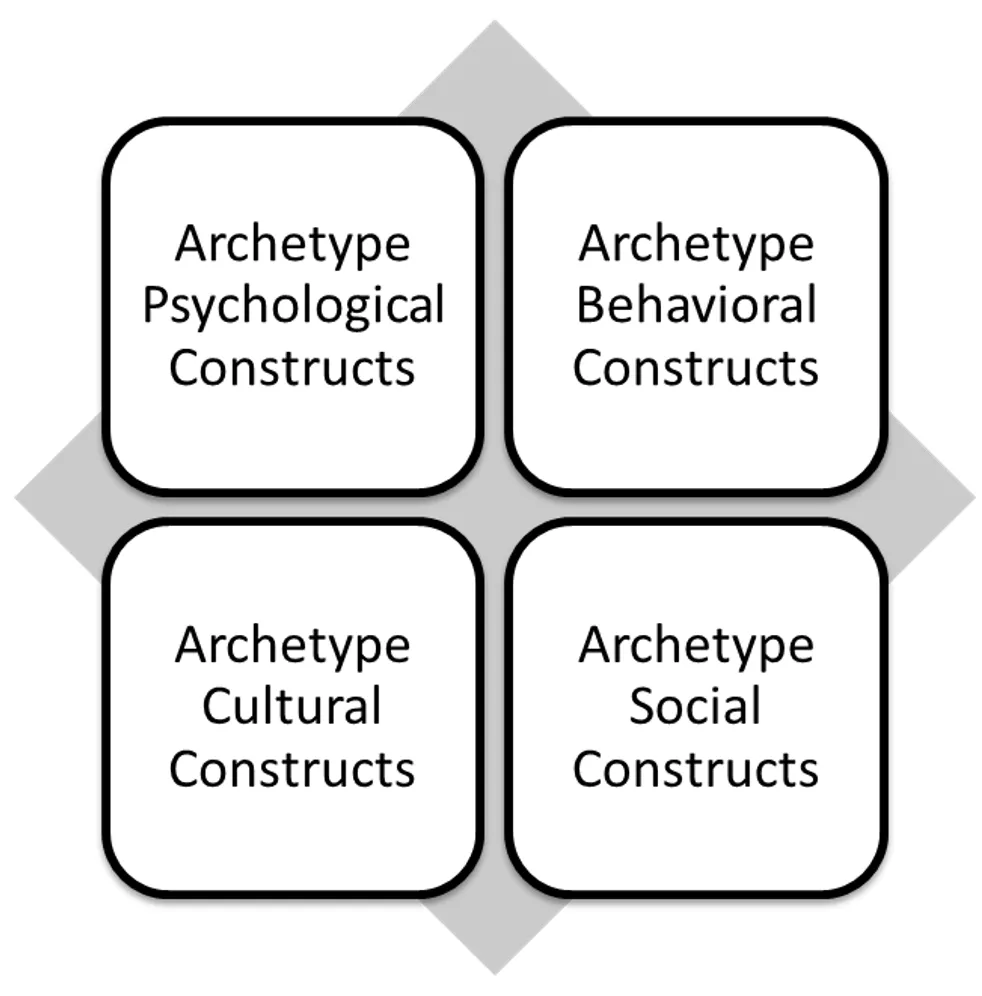
Archetypes as Tetra-Evolutionary Channels and Catalysts
Archetypal patterns in the cinematic arts can be found in a cinematic work’s textual dimensions of characters, relationships, events and story structures with these patterns being reflected through the work’s images, sounds, and temporal structures as well. Some sample archetypes from each category are integrally mapped in the quadratic diagram below:
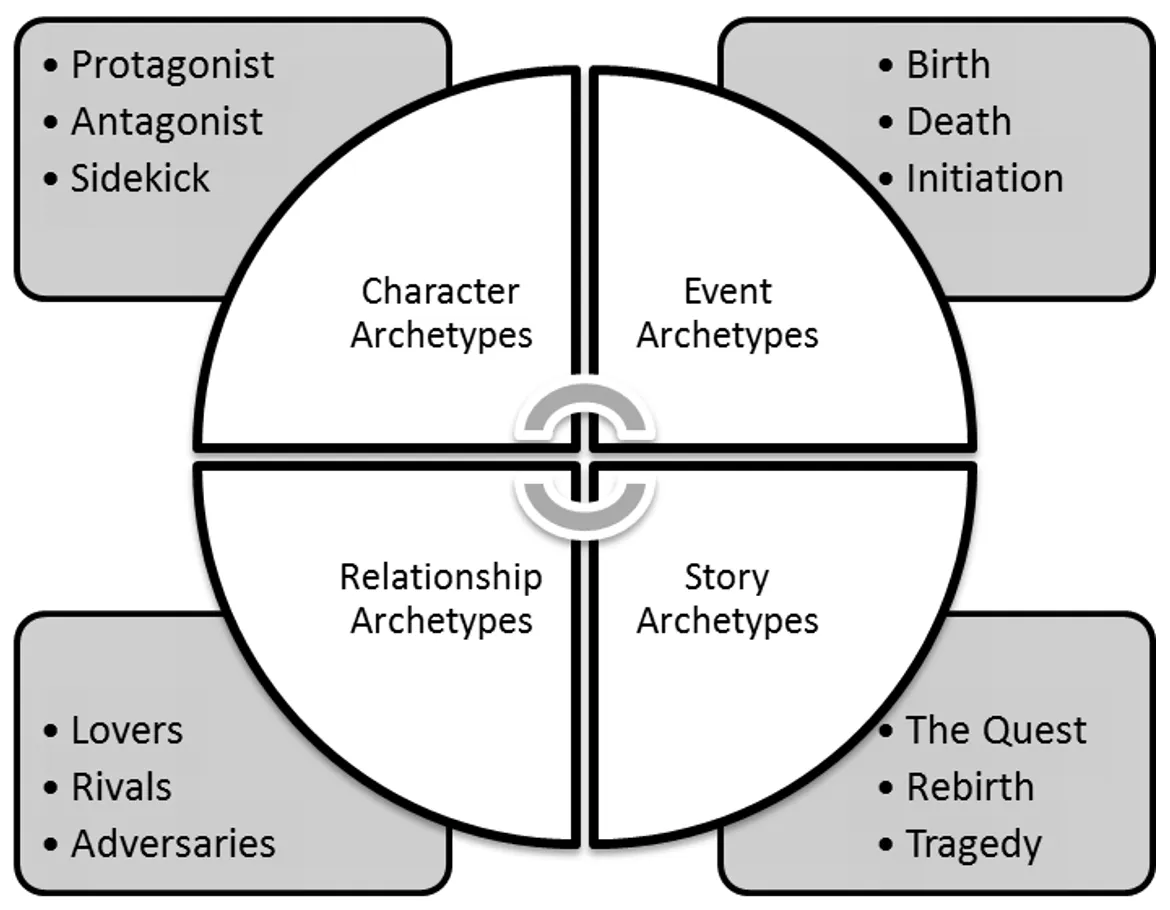
Narrative/Text-Based Cinematic Archetypes
Cinematic Archetypal patterns based in the symbolic and audiovisual dimensions can also be found in a cinematic work as well, from the more concrete level of symbols such as a cave, castle, tower, etc. to more abstract forms such as the juxtaposition of light and darkness and symbolic shapes and patterns like the circle and it’s connection to the feminine and nature. These symbolic audiovisual archetypes are often deeply embedded in the narrative like the use of falling into and rising up out of a well/pit in the Dark Knight Trilogyand its “fall and rise back up” narrative subtextual storyline.
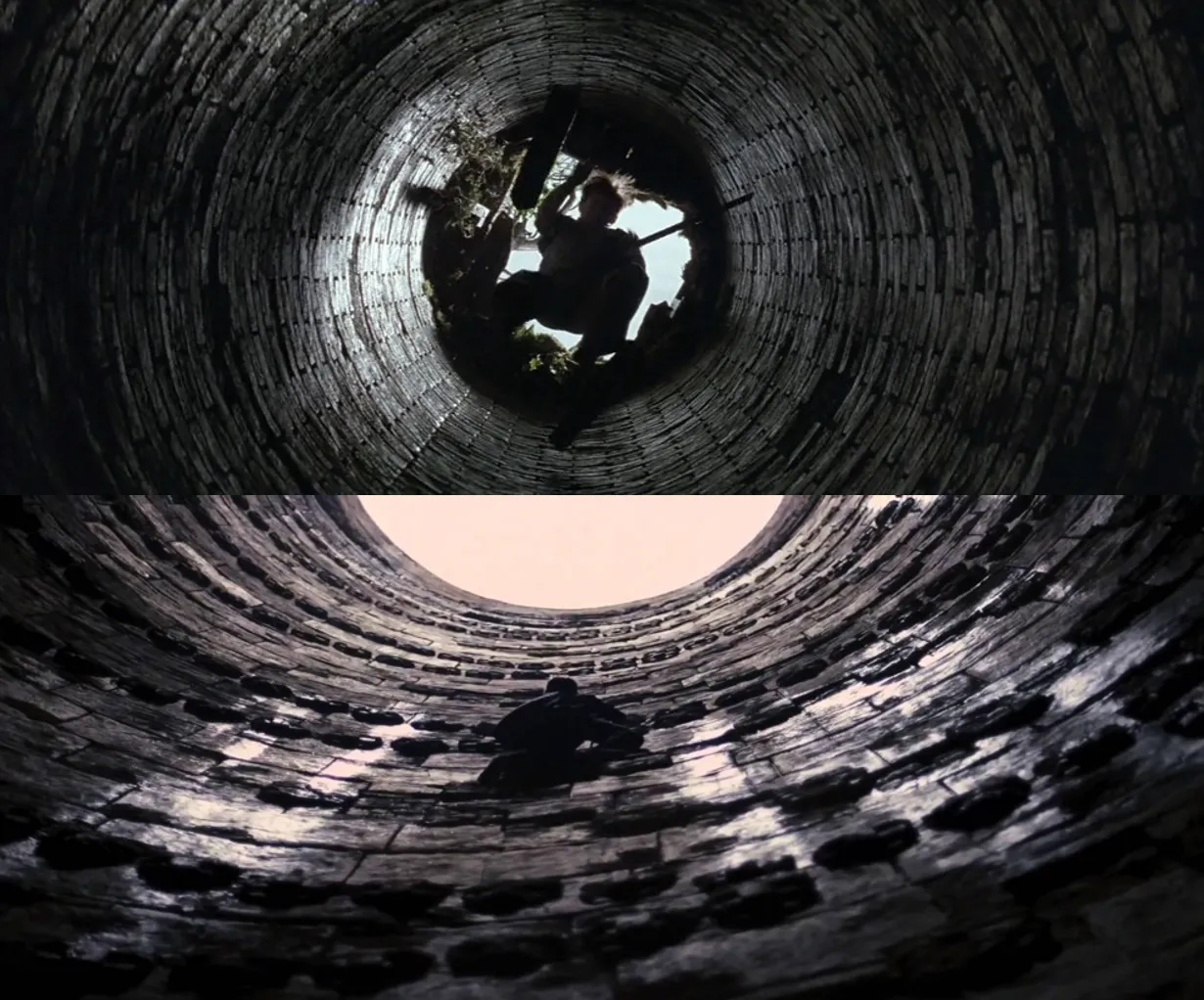
The Dark Knight Trilogy (2005-2012) and Symbolic/Audiovisual-Based Cinematic Archetypes
Cinematic archetypal patterns can deeply resonate with archetypal patterns in the viewer and stimulate powerful emotional resonance and immersion, as well as potentially catalyze shifts in awareness and personal development. For example, multilayered representations of familial archetypal roles of spouse, father, mother, son, daughter, and sibling in films like Bee Season (2005) have the potential to deeply resonate with similar archetypal roles in the viewer.
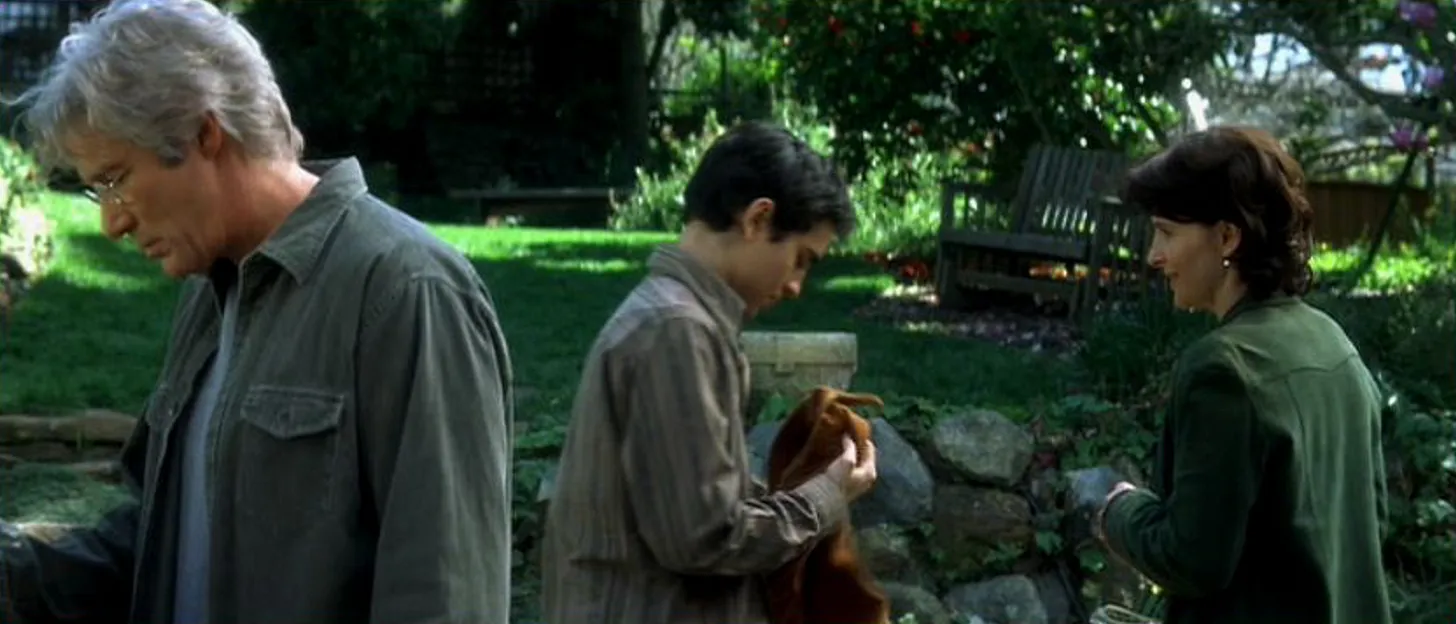
Bee Season (2005) and the Resonance between Cinematic Archetypes and Viewer Archetypes
Edgar Morin noted that cinematic stars can come to personify archetypes both on and off screen and have a powerful influence on both the individual and the collective, as in the case of Rudolph Valentino personifying the lover archetype and James Dean personifying the rebel archetype with their influence on individuals and culture during their respective time periods.
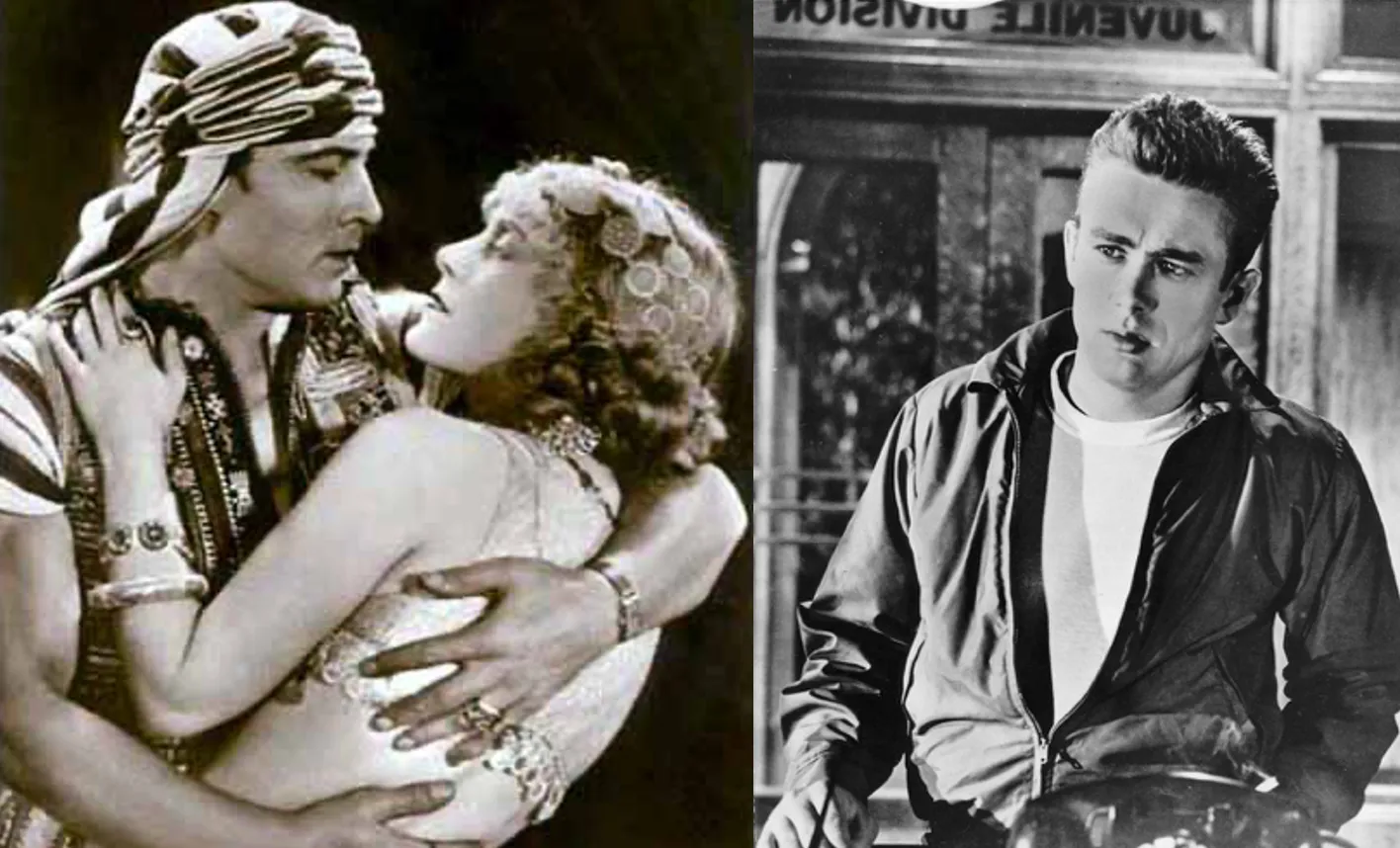
Stars as Archetypal Channels
In addition to the tetra-evolutionary potential for star archetypes, archetypes in cinematic works can also have tetra-evolutionary effects. For example, the Star Wars saga helped rebirth archetypal storytelling in Western culture and society at a time when archetypes were no longer resonant and it’s archetypal construct of “The Force” has had such a deep individual and collective impact it has become an embedded cultural meme and actually gave birth to a real-world religious movement.
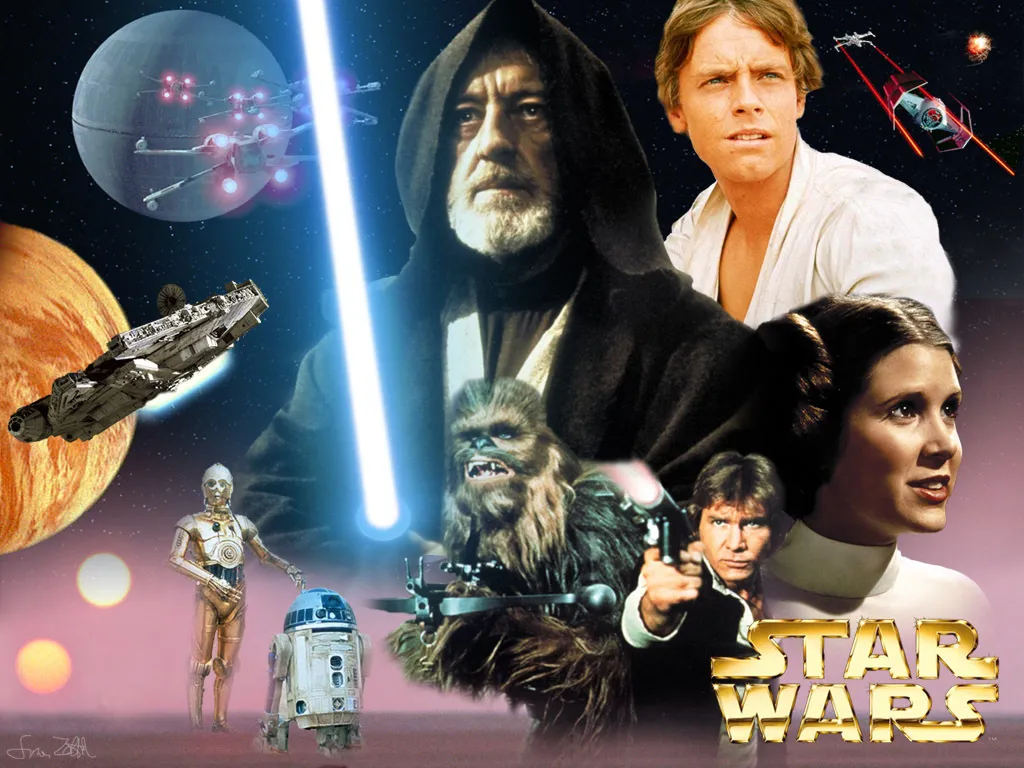
The Star Wars Saga and Cinematic Archetypes as Tetra-Evolutionary Catalysts
The Dark Knight Trilogy offers a potent and clear example of the birth and evolution of an archetype and its potential impact on the individual and the collective as the Batman persona helps the Bruce Wayne character evolve from egocentric to Kosmocentric circles of care and concern, while helping propel the culture and society around him from magical/mythic-traditional to pluralistic-postmodern cultural and social altitudes. In addition, the Trilogy also had significant real-world impact on individuals, culture and society with the tragic loss of actor Health Ledger and the Colorado Theater Shooting which spurred a national debate about gun violence, violence in the movies, and mental illness.
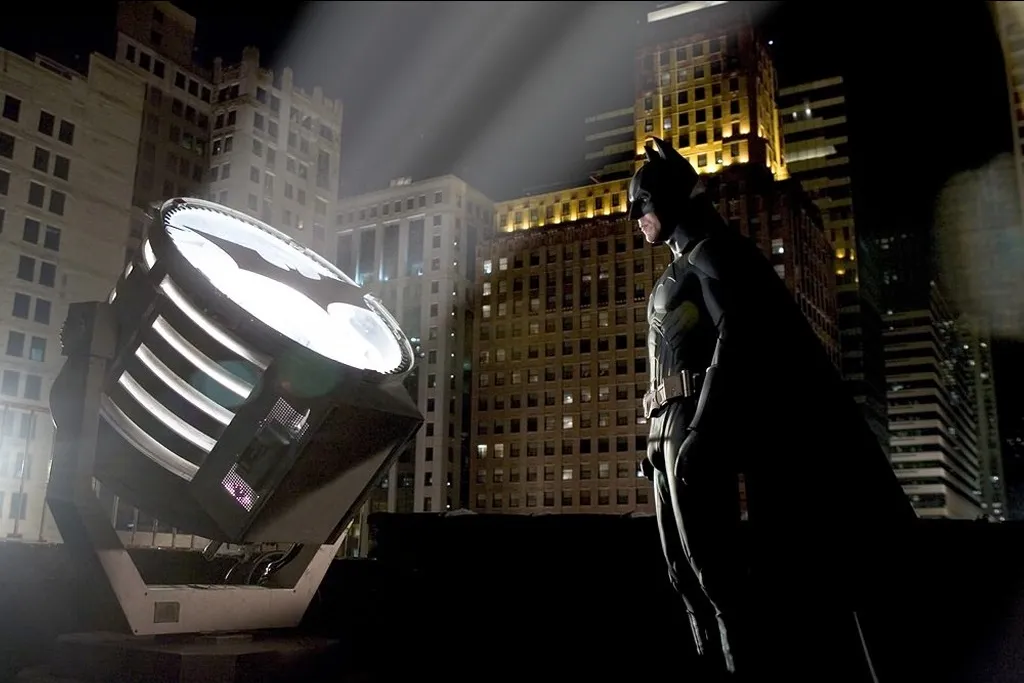
The Dark Knight Trilogy (2005-2012) and the Tetra-Evolutionary Potential of Cinematic Archetypes
Iconic cinematic moments occur when all dimensions of cinematic expression (text, image, sound, and time) synchronize across all levels of the cinematic narrative (textual, subtextual, meta-textual/thematic, and trans-textual/archetypal) to produce a highly resonant archetypal pattern that can deeply resonate with individual viewers and penetrate the collective as memetic patterns and produce tetra-evolutionary effects. These archetypally resonant iconic moments are trans-archetypal in that they can transcend and include multiple archetypes and approach the proto-archetypal level.3
Iconic Cinematic Moments as Tetra-Evolutionary Archetypal Resonance Patterns
The “Rocky-Steps” scene from Rocky (1976) captures the trans-archetypal energies of the everyday hero’s triumph over inner and outer challenges and against great odds and has become a deeply resonant iconic cinematic moment for many individuals and the collective.
Notes
1 The involutionary-evolutionary arc can be seen from a perennial philosophy and metaphysical perspective as a grand arc from spirit to matter and back to spirit with various fixed involutionary-evolutionary givens, or it can be seen from a more post-metaphysical perspective in which the involutionary and evolutionary arc is held as an ongoing organic process that is not fixed by these pregiven ontological structures. From this post-metaphysical perspective archetypes are not seen as concrete unchanging pregiven structures but Kosmic habits that organically involve and evolve.
2 The purpose in attempting to determine the content translation constructs for a given archetype is to address some of the tendencies for misinterpretation that can occur when working with archetypes. These include potential misinterpretations that can arise when one assumes all archetypes are spiritual or transpersonal by nature instead of recognizing that a given archetypal pattern can have Pre-Personal, Personal or Transpersonal types of imagery, energies, and meanings attached to it, for example seeing all archetypes as spiritual or transpersonal can lead to mistakenly attaching a form to the formless via the archetypal pattern.
3 The above pictured examples of iconic cinematic moments include: The “Frankly I don’t give a damn” moment from Gone With The Wind (1939); the lovers on the beach moment from From Here to Eternity (1953); the “Rocky-Steps” moment from Rocky (1976); the “Trust the Force” moment from Star Wars (1977); the “Here’s Johnny” moment from The Shinning (1980); the “Build it and he will come” moment from Field of Dreams (1989); the “Carpe Diem, seize the day” moment from Dead Poets Society (1989); and the “I see you” moment from Avatar(2009). Note that these images are representative of a moment that is built up through referential density over time through many scenes in these cinematic works; the images here are only representative of these temporally constructed trans-archetypally resonant iconic moments.
 |
|
 |
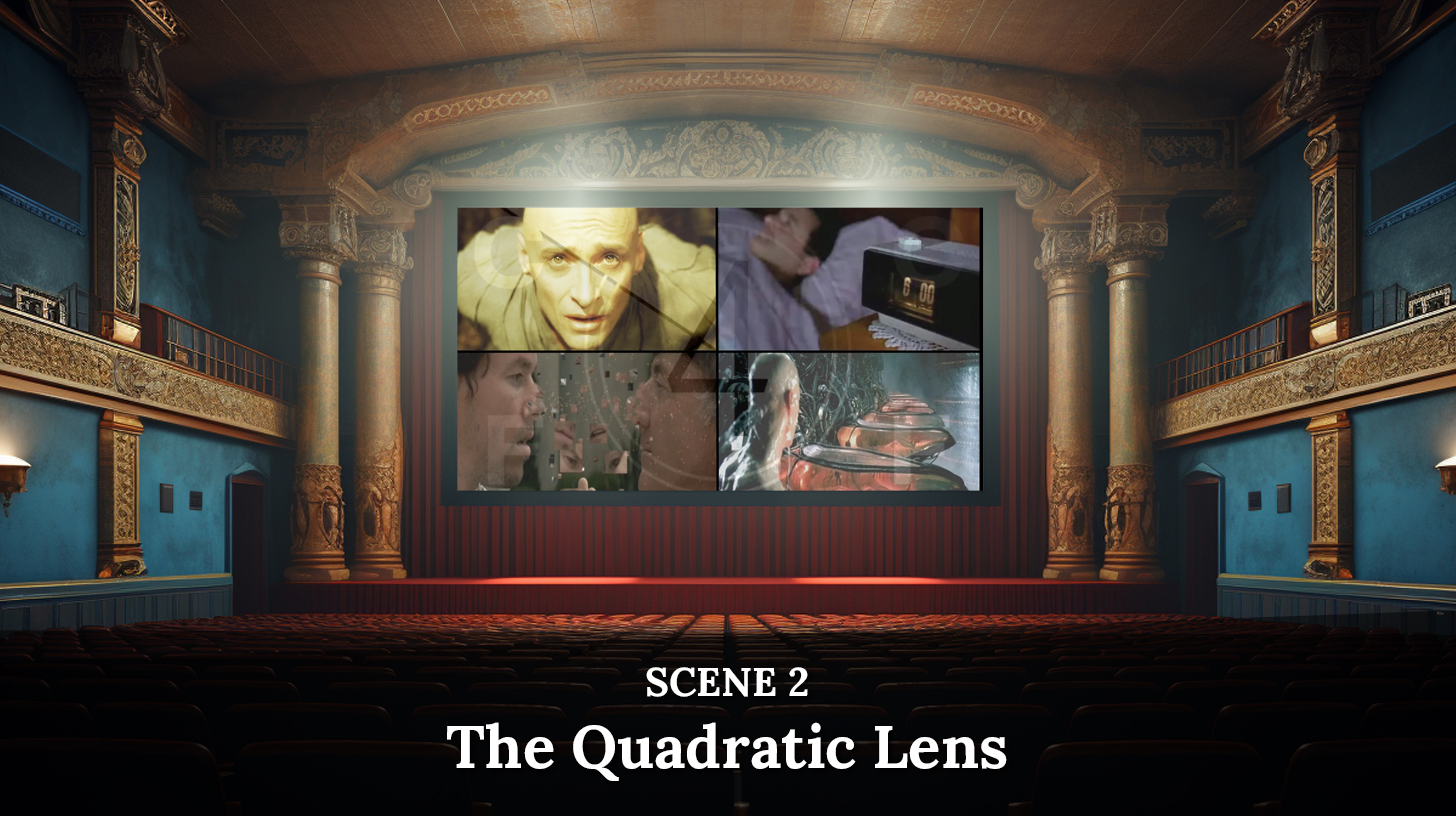 |
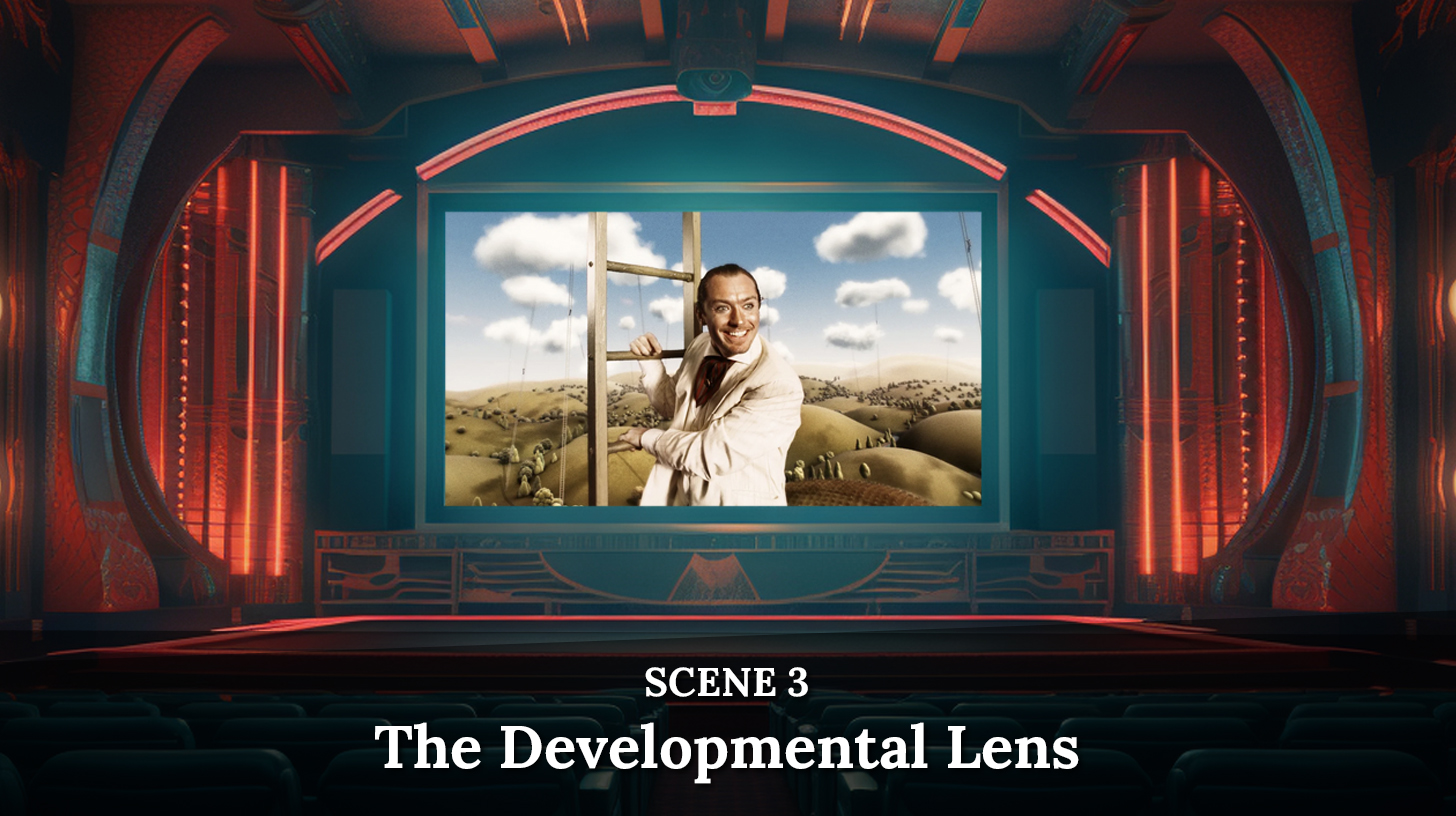 |
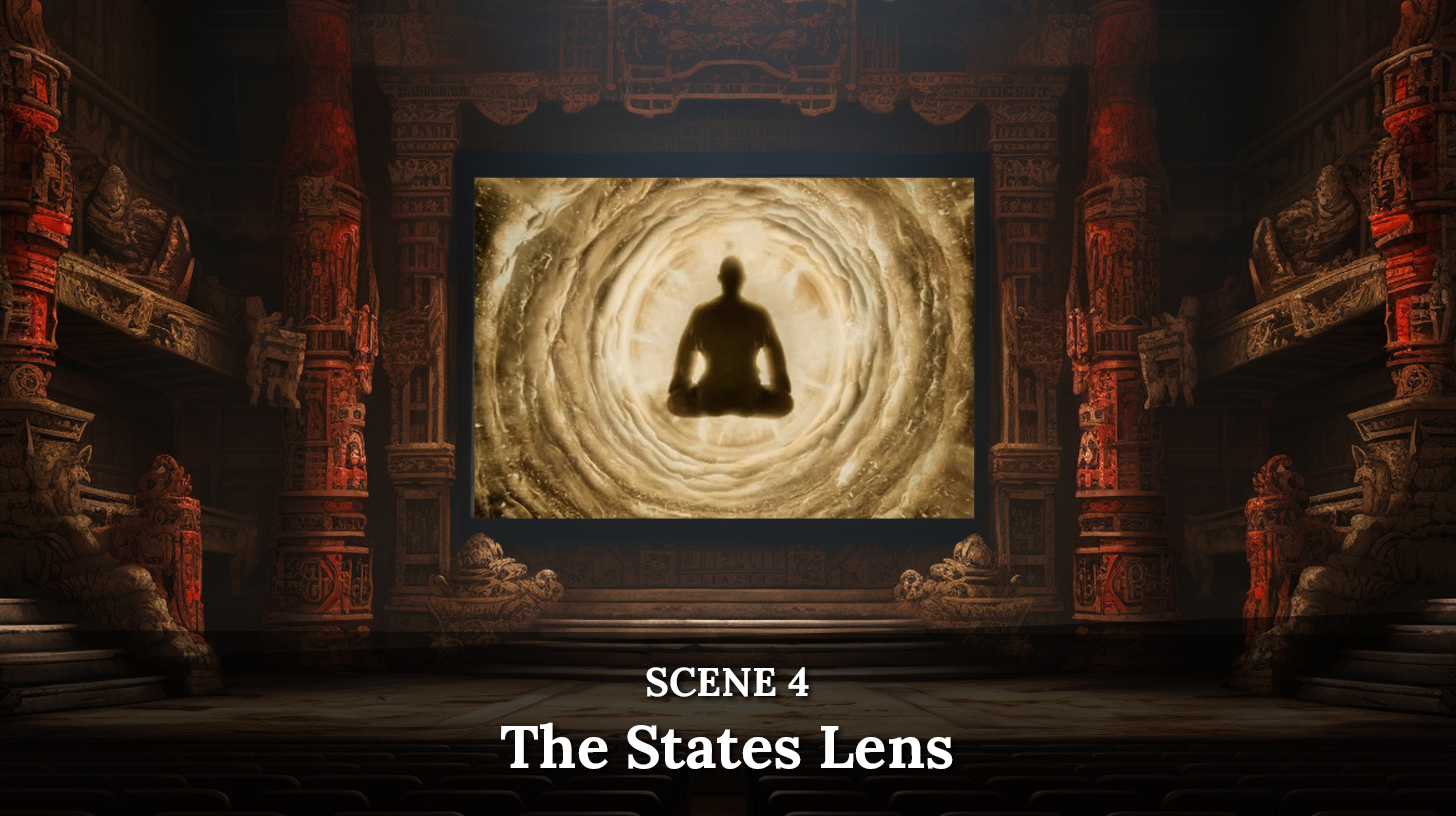 |
 |
 |
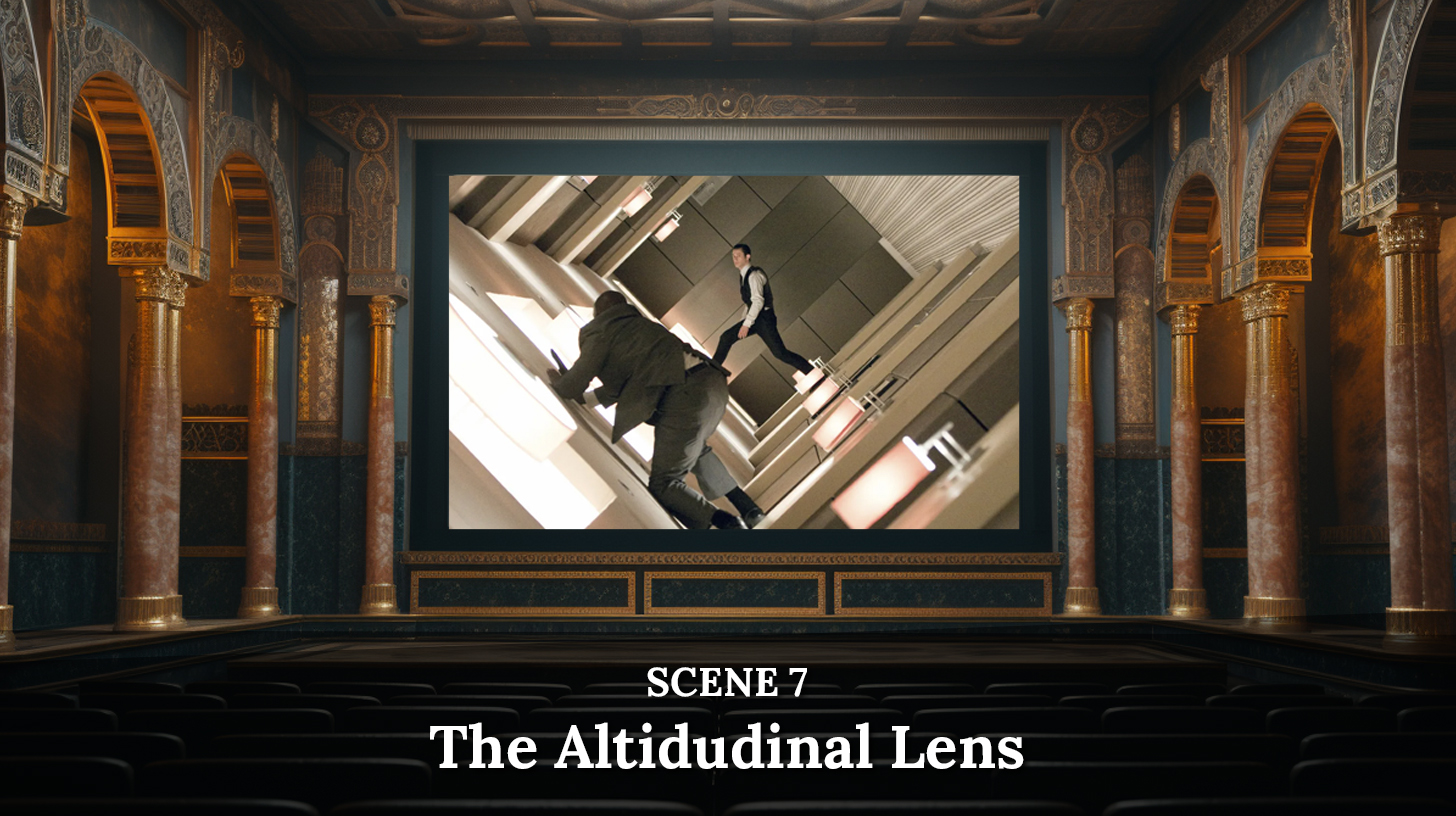 |
 |
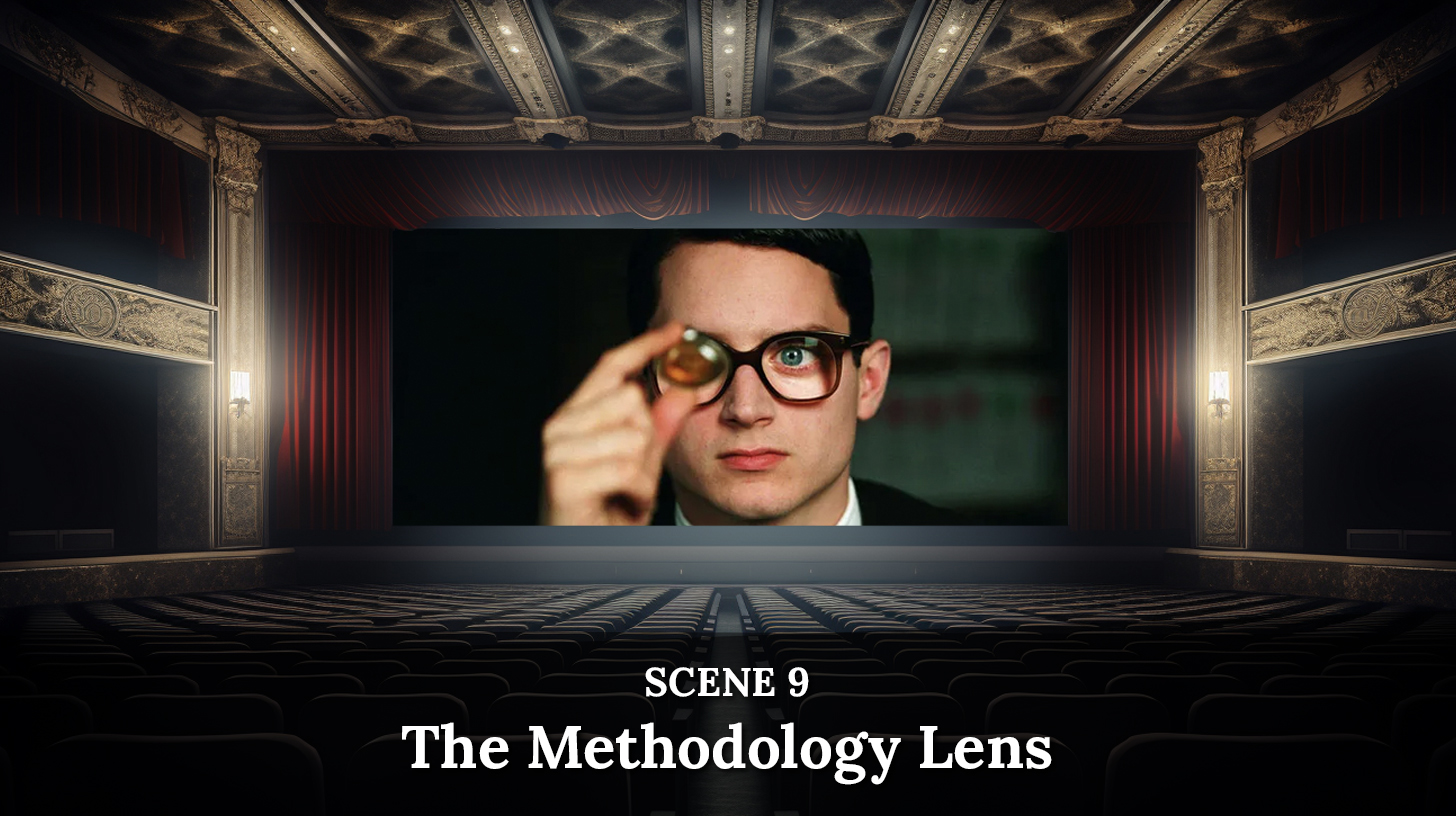 |
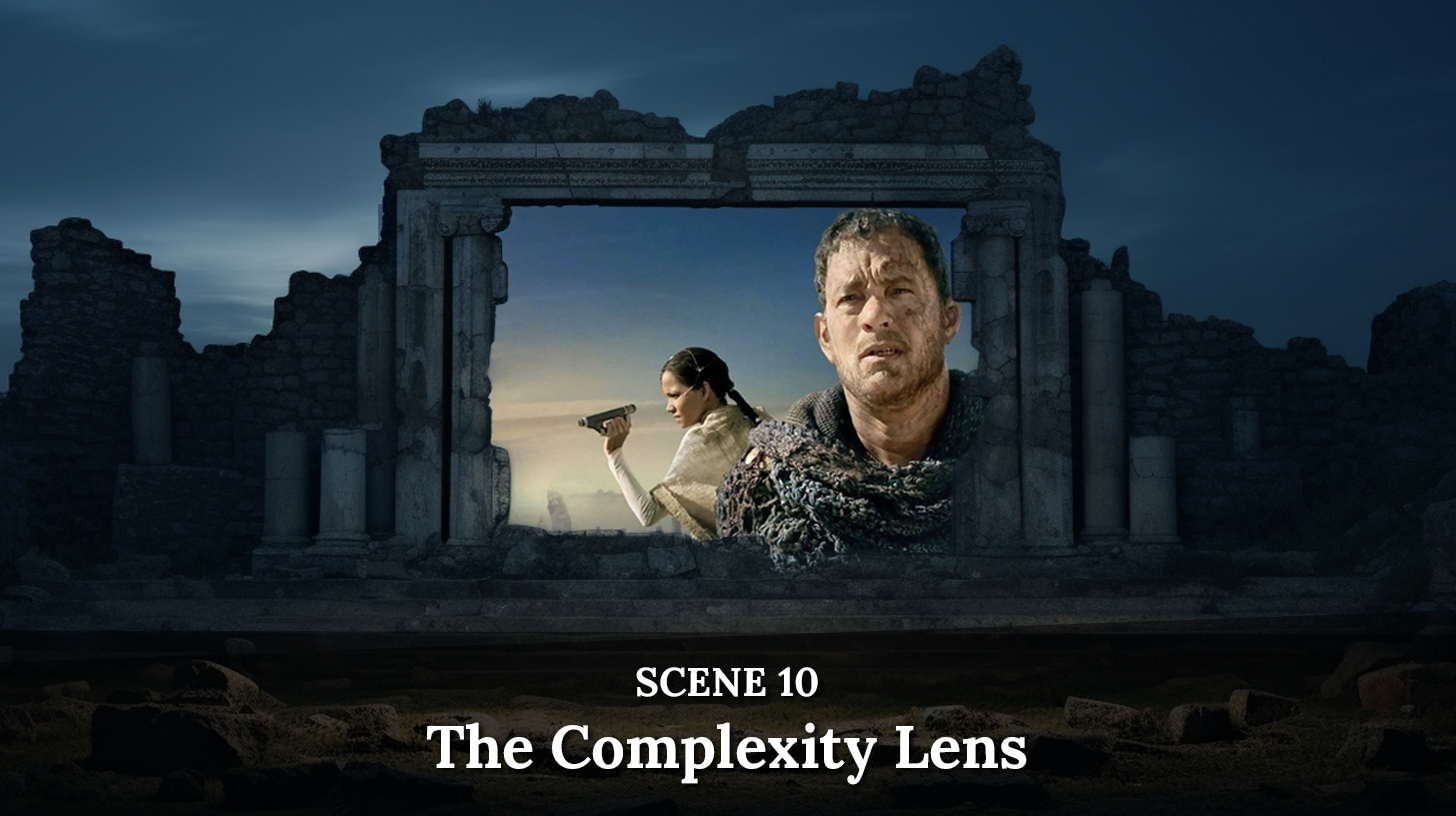 |
 |
|
Related Media
Toward an Integral Cinema
Mark Allan Kaplan
Defining characteristics of what may constitute an integral cinematic work are mapped out and developed into a set of evaluation criteria using the works of Dulac, Gebser, and Wilber. A test of these evaluation criteria with the viewing of several motion pictures is summarized; the results suggest that several past and recent films demonstrate qualities that could be said to constitute an integral cinematic work.
Integral Cinema Studio: A Comprehensive Guide to the Cinematic Experience
Mark Allan Kaplan and Ken Wilber
Mark Allan Kaplan has been curating a groundbreaking integral project, something he calls the Integral Cinema Studio. In this remarkable exploration, Mark and Ken walk us through all of the main elements of Integral theory, using some of our favorite movies to illustrate the basics of the Integral approach while noting how each of these elements has shaped the cinema experience since the invention of film itself.
About Mark Kaplan
Mark Allan Kaplan, Ph.D. is a Transdisciplinary Artist, Filmmaker, Researcher, Consultant, Educator and Media Psychologist focusing on Integral, Transpersonal, and Transformative approaches to Art, Media, and Spirituality. Mark is currently exploring various applications of Integral Theory, including the research and development of an Integral approach to cinematic media theory and practice.

